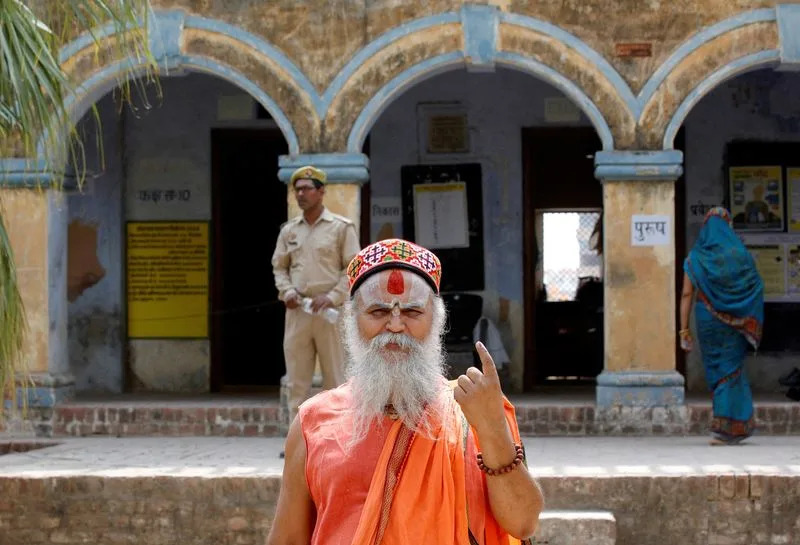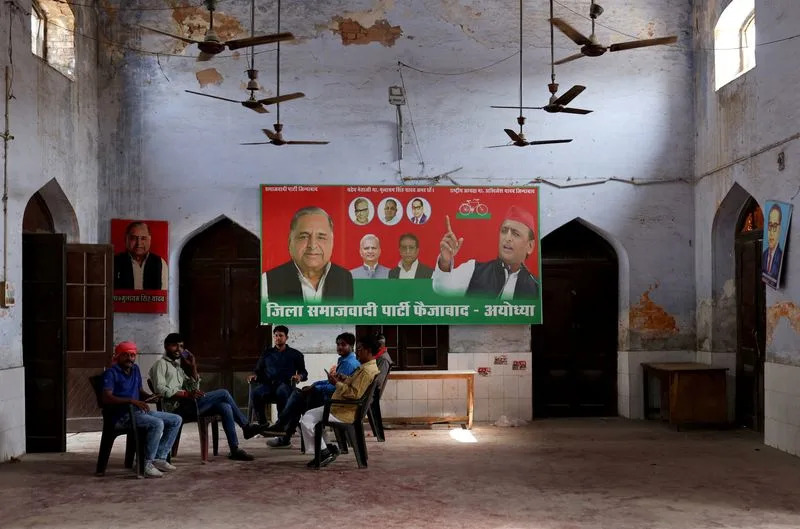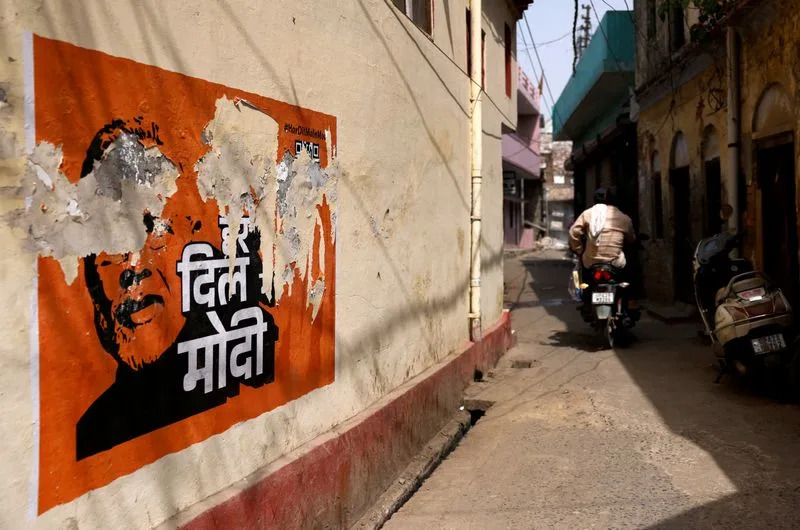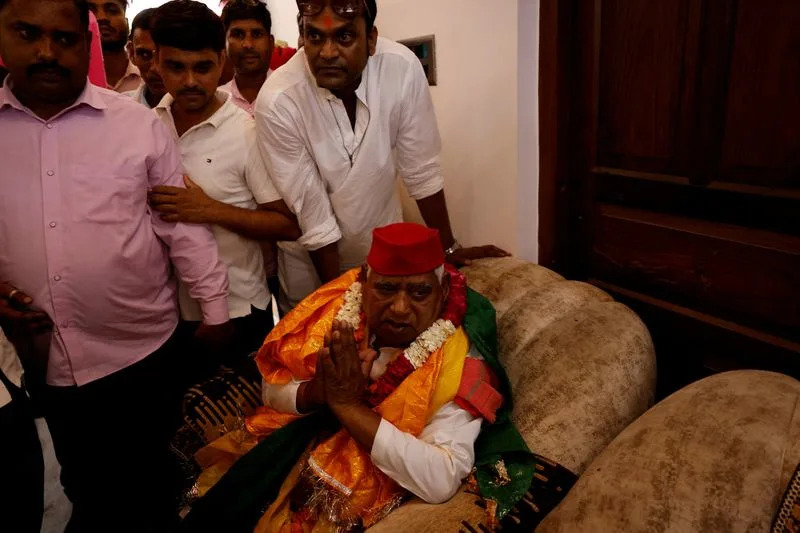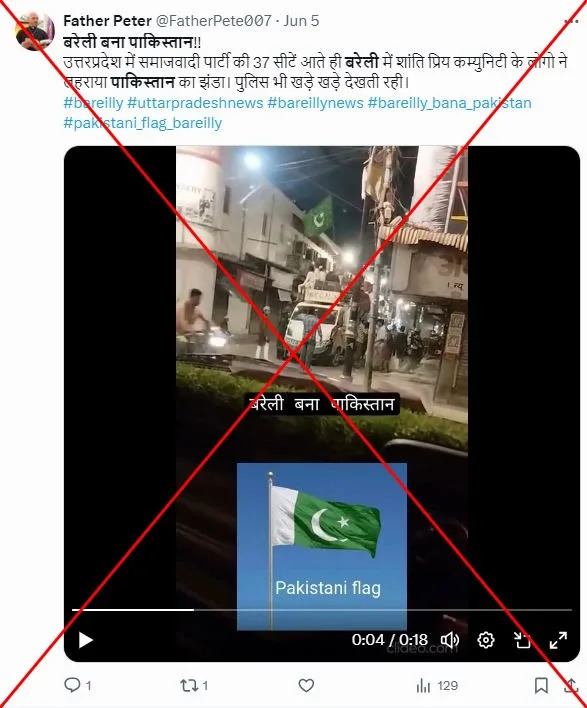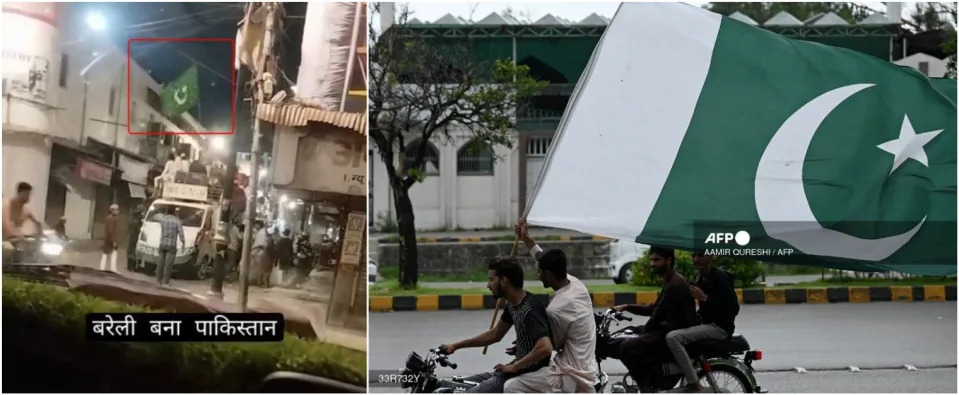Saul Elbein
Fri, June 14, 2024 at 3:30 AM MDT·8 min read
16
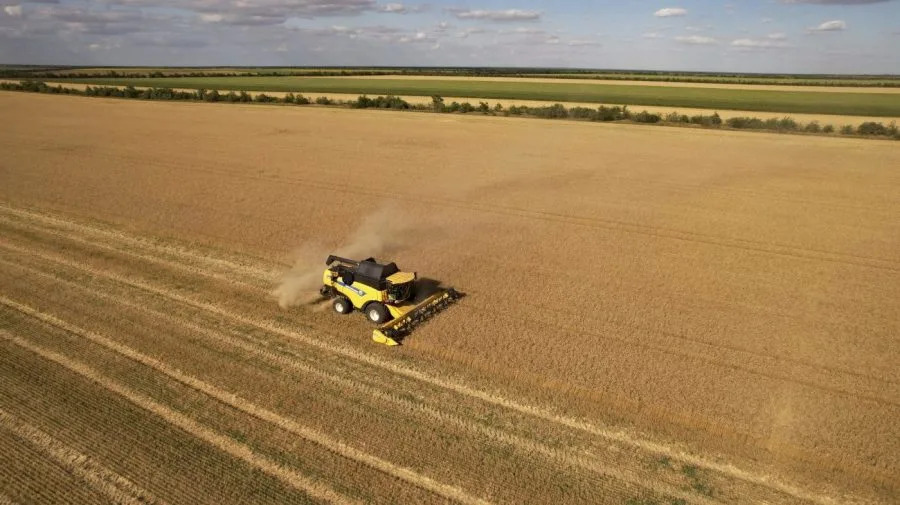
Global rush for farmland could trigger world war, documentary argues
A global network of powerful entities, fueled in part by Wall Street, is buying up land and water around the world.
This global land rush has led to wrecked wells and lost farms from Arizona to Zambia — and it risks sowing the seeds for future global conflict, according to “The Grab,” a new documentary out today from Gabriela Cowperthwaite, the director of “Blackfish.”
The film follows a seven-year investigation by producer and journalist Nathan Halverson of The Center for Investigative Reporting as he peels back the layers of a deceptively simple question: Why did a state-backed Chinese corporation buy America’s biggest pork producer in 2013?
“The Grab” hits U.S. markets at a fraught time for food policy: Congress remains deadlocked over the farm bill, and critics on both left and right are raising concerns over the impact of corporate consolidation on U.S. agriculture as farms grow ever bigger and more specialized.
Republicans in the House and Senate have proposed freezing food aid at current funding levels to direct tens of billions of dollars in additional subsidies to high-income farmers of rice, cotton and peanuts — crops of which significant percentages are exported to the wider world.
“The Grab” digs into some of the forces driving the consolidation and food exports — and their potential consequences.
When countries like China import food, Halverson notes in the film, they’re often doing so “as a proxy for water,” which the world’s most populous nation is running short of amid population movements and climate change.
The combination of those potential shortages and a rising — and increasingly carnivorous — middle class in China and elsewhere have combined to create a global push to buy up fertile land in places where it is still plentiful.
One critical focus of this push is Africa. Halverson interviewed Brig Siachitema, an activist in the Zambian town of Serenje, where he says foreign investors have been buying up the ancestral land of villagers and kicking them off it.
“What we are seeing is really a new scramble for Africa,” Siachitema says in the interview. “The only difference is, before they were scrambling for minerals. This time around, they are scrambling for land.”
That includes the United States. In 2015, Halverson broke the story that Saudi-owned alfalfa farms were sucking down the groundwater of Arizona to grow feed for cattle — something the kingdom grew itself until it depleted its own groundwater.
For residents of La Paz County, Ariz., for example, that lost groundwater left wells nonfunctional. Landowner Wayne Wade first noticed a problem when the water level in his well went below his pump “and the pump burned up and melted the casing,” Wade tells Halverson in “The Grab.”
“Everybody knows the problem, but no one knows how to correct it,” Wade adds. “You just take and take and take, and pretty soon there isn’t anything to take.”
In making the film, Cowperthwaite told The Hill, she sought to steer away from what she saw as a polarized, dead-end conversation about climate change — and focus on a film “in the context of power.”

Gabriela Cowperthwaite and Nathan Halverson of “The Grab” pose in the Getty Images Portrait Studio Presented by IMDb and IMDbPro at Bisha Hotel & Residences on September 9, 2022, in Toronto. (Photo by Gareth Cattermole/Getty Images)
“And I think that’s something that sort of every Zambian villager in Serenje will feel — similarly to every Trump-voting farmer in Arizona,” she added.
In part, “The Grab” argues that power is being exercised over individual landowners by a convoluted and opaque network of sovereign wealth funds, national governments and Wall Street.
When Halverson tried to uncover the identities of the white farmers kicking the Zambians off their land, he found “a Russian doll of LLCs within LLCs that could be owned by anyone,” he says in the film. He found the story is often similarly murky in the U.S.
Late in the movie, he presents La Paz County Supervisor Holly Irwin, a staunch critic of the Saudi alfalfa farm, with evidence that the Arizona State Retirement System — her own pension fund — is invested in the project that is draining the aquifer beneath the county.
In the U.S., Halverson says in the film, “it’s a fight against the same corporations that are taking food globally.” Rather than fighting to protect U.S. land and food from other multinational corporations, “the governments are working for the corporations.”
But the power involved in the land rush scales up to the geopolitical level as well, driven ultimately by the titanic shifts happening within China — a country once so poor that “in 1980, [it] was a country of basically forced vegetarians,” Halverson told The Hill.
Over the back half of the 20th century, he noted, China “did something absolutely amazing”: It pulled 400 million people out of poverty, such that its middle class is larger than the entire U.S. population.
“That’s a huge win for the world — but the unintended consequence is they’re eating diets more like Western diets. Which means more meat,” he said. As part of his reporting, he came across a WikiLeaks cable from an executive at Nestlé, the world’s largest food company, following a tour of China.
“He said straight up: If [all countries] ate as much meat as America, the world would have run out of water in the year 2000,” Halverson said of the cable’s contents.
Now, he said, the government of China — like that of India, or Brazil, or Saudi Arabia — “wants to make sure their people have enough. And if you add climate change on top of that, then what you’re talking about is, increased droughts, increased flooding, more variability in an increasingly tighter global food system.”
That goal leads to a paradox, “The Grab” shows. As experts interviewed in the film emphasize, there are enough calories worldwide to feed a growing global population, even with climate change, and even in 2050. But they say the race to lock down resources, and governments’ panic over the unrest caused by spiking food prices, risks scaling up to a war between great powers.
“I’ll tell you, as a practical matter,” former CIA analyst Robert Mitchell tells Halverson in the film, “while the policymakers are debating, whoever needs water and has guns will go get it.”
Water is a hidden factor in a wide array of geopolitical conflicts. In the Jordan Valley in the Israel-occupied West Bank, for instance, human rights groups have documented that the majority of water goes to a network of Israeli settlements, as Palestinian farms go dry. In the ongoing conflict in Gaza, meanwhile, the United Nations special rapporteur on human rights has accused Israel of using access to water “as a weapon of war.”
Water also may have played a significant role in the Russian invasion of Ukraine — the “breadbasket of Europe” — which came after a decade of calls by Russian officials for major food-producing countries wield more power in markets. Russian President Vladimir Putin has for years pushed for a global grain cartel modeled on OPEC.
“Food that has become the second oil — and much more powerful than oil,” the head of Russian meat company Miratorg tells Halverson. In the future, food “will give political strength to Russia, much more than weapons,” he said.
“The Grab” charts how in the aftermath of Putin’s invasion of the Crimean Peninsula in 2014, the government in Kyiv dammed the principal canal supplying 85 percent of the region’s water — forcing Russia to spend billions of dollars in shipping in water to the peninsula’s cities and slashing the amount of irrigated land in the region by as much as 90 percent.
Halverson stopped short of saying that Crimean water was the cause of the invasion — although he noted that one of the first things Russian troops did after the invasion was blow the dam and reopen the canal.
“But we’re pushing back on the idea that this was just Putin puffing up his chest,” he told The Hill. “The only way [Russia was] going to turn that water back on was by going into that part of Ukraine.”
So as Russian troops massed on the border of Ukraine in 2022, “while a lot of people were naysaying the invasion, we were watching it very closely, because we were tracking it through that resource grab,” he said.
The subsequent war in Ukraine has killed half a million people and released a vast plume of planet-heating carbon dioxide — and it could be just the beginning of a new era of open warfare over access to farmland and water, Cowperthwaite contends. She told The Hill that the war in Eastern Europe pushed a potential conflict from the film that was still at a level of “brinksmanship” — but that could, from a geopolitical perspective, be even worse.
In Northeast Africa, she noted, Egypt and Ethiopia are at odds over the latter’s Grand Ethiopian Renaissance Dam, which could potentially block the Blue Nile, the tributary that supplies 85 percent of the river’s flow.
Negotiations to guarantee Egyptians’ supplies in the case of a drought — which would force Ethiopia to open the dam, and let its own water out, to supply its neighbor — have repeatedly broken down.
As part of the reporting by the filmmakers that ended up cut, Cowperthwaite told The Hill, they captured “the head folks in Egypt on a hot mic saying, ‘Well, you know, we may have to take apart that [dam] — we may have to go to war.’ And Ethiopia says, ‘Well, we haven’t lost a war yet.’”
Exclusive The Grab Clip Previews Gabriela Cowperthwaite’s Shocking Documentary
Tyler Treese
Thu, June 13, 2024

(Photo Credit: Magnolia Pictures/Paricipant)
ComingSoon is excited to debut an exclusive The Grab clip from Gabriela Cowperthwaite‘s upcoming documentary, which follows The Center for Investigative Reporting as they look into the seizure of food and water resources around the globe. Magnolia Pictures & Participant will release the film in theaters and on demand on June 14, 2024,
“Quietly and seemingly out of sight, governments, private investors, and mercenaries are working to seize food and water resources at the expense of entire populations. These groups are establishing themselves as the new OPEC, where the future world powers will be those who control not oil, but food,” says the synopsis. “And it’s all beginning to bubble to the surface in real-time. Global food prices have hit an all-time high, threatening chaos and violence. Meanwhile, Russia is using food as a weapon against the Ukrainians and as a geopolitical tool to wield global power.”
Check out our exclusive The Grab clip below (watch more clips and trailers):
What to expect from The Grab?
“The Grab is a jaw-dropping global thriller combining hard-hitting journalism from The Center for Investigative Reporting with the compelling character-driven storytelling of director Gabriela Cowperthwaite (Blackfish), taking you around the globe from Arizona to Zambia, to reveal one of the world’s biggest and least known threats,” says the official description.
The documentary features a number of reporters, including Nate Halverson, JoeBill Muñoz, Mallory Newman, David Ritsher, and Emma C. Schwartz. Subjects include Holly Irwin and Brigadier Siachitema.
Director Gabriela Cowperthwaite described her film as “an investigative thriller that aims to explain the world, to expose the ‘business as usual’ cracks, to break down some darkly powerful inner workings while focusing on the humans who absorb every punch in real-time. In a time where the world can feel confusing and dim, our hope is that this 6-year investigative deep dive of a film can help explain, unite, galvanize, and entertain people from all walks of life and from all corners of the world.”
The groundbreaking documentary has a runtime of 104 minutes.
